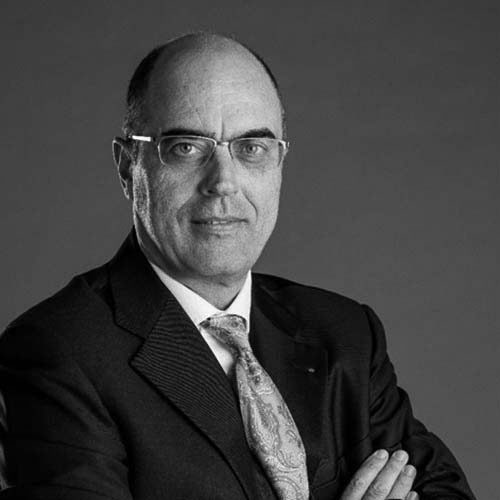Conference Presenters
"Neuromuscular Orthodontics: key features"
- Dr. Fabio Savastano
- M.D., DDS, MSc Orth.
- Italy

Biography
Dr. Fabio Savastano is a distinguished medical doctor and orthodontist with decades of expertise in Neuromuscular Orthodontics. He earned his medical degree from the University of Naples in 1987 and specialized in Orthodontics at the University of Padua in 1990. Since 1988, he has been a pioneer in integrating Neuromuscular Dentistry principles into orthodontic care.
Dr. Savastano is known for developing a groundbreaking diagnostic and treatment protocol in orthodontics, widely recognized for its innovation. He has shared his knowledge globally, delivering lectures and courses to over 1,000 doctors since 1989.
With 15 years of hospital consultancy experience, Dr. Savastano has acquired extensive expertise in treating complex TMJ disorders and gained significant experience in maxillofacial surgery. In 2006, he founded the International College of Neuromuscular Orthodontics and Gnathology (ICNOG) to refine diagnostic methods and treatment standards in the field.
Currently, Dr. Savastano serves as an Adjunct Professor and Director of the Master’s Program in Neuromuscular Orthodontics and Cranio-Mandibular Orthopedics at Universität Jaume I in Castellon, Spain. In this role, he trains and inspires orthodontists to excel in their practice.
Dr. Savastano is the author of numerous publications on Neuromuscular Orthodontics, including his 2023 book, Neuromuscular Orthodontics: A Clinical Guide, published by Springer. His lifelong dedication to advancing orthodontics continues to shape the field.
Abstract
This lecture discusses the fundamental principles of neuromuscular orthodontics, offering an in-depth exploration of key concepts such as 'mandibular freedom' and 'spontaneous mandibular migration' (SMM). These ideas are presented alongside detailed case descriptions to provide real-world context. Neuromuscular treatment objectives are distinct from those of classical orthodontics, aiming to provoke thoughtful discussion and debate among practitioners. By introducing a new perspective on both diagnosis and treatment, these developments are driving a significant transformation in the way orthodontic care is approached, offering a revolutionary shift in patient outcomes



